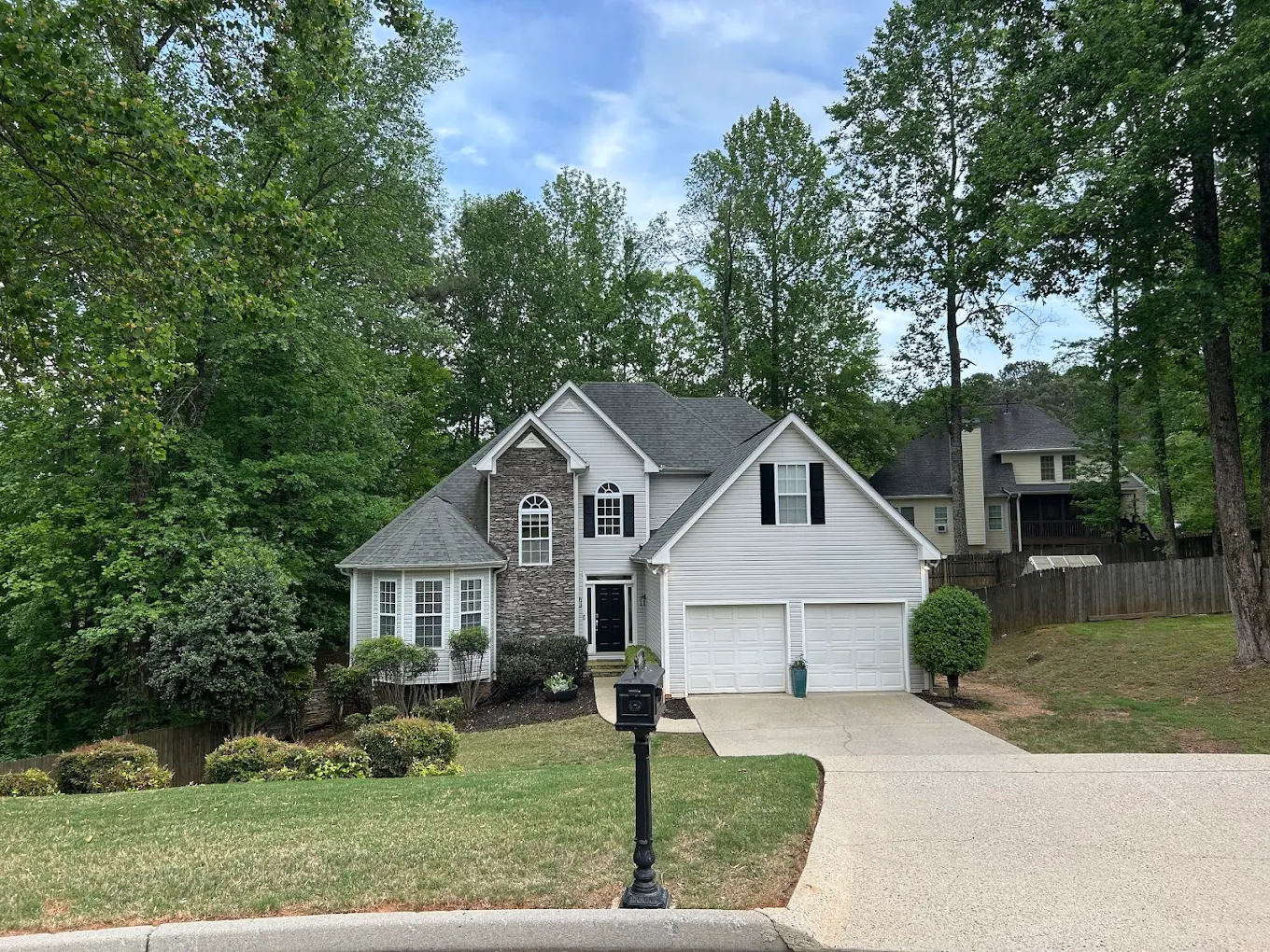
Nature's Palette: Harnessing Color and Texture in Landscape Design Oct 18, 2025
To begin, consider your environment and the mood you wish to create. Color plays a crucial role in evoking emotions. Warm shades like reds, oranges, and yellows are invigorating and can make areas appear more welcoming and lively. Cool colors, such as blues, purples, and greens, tend to have a calming effect, perfect for creating peaceful retreats. Use these colors strategically to enhance the architecture of your home or highlight key features of your garden.
In landscape design, it's not just about choosing colors that you love, but understanding how they interact in an outdoor setting. Complementary colors, which are opposite each other on the color wheel, can bring energy and vibrancy when placed together. On the other hand, analogous colors, which are next to each other on the wheel, provide harmony and cohesion. Consider planting a variety of flowering plants with staggered blooming times to ensure that your landscape displays a continuous show of color throughout the seasons.
Next, texture adds another dimension to landscape design, creating visual interest and tactile experiences. Texture in landscaping is derived from the surfaces of plants, hardscape materials, and garden elements. Leaf size, surface texture, and form can all contribute to the overall texture of your landscape. Combining plants with different textures, such as pairing the soft, feathery fronds of ferns with the bold, broad leaves of hostas, creates contrast and complements the color scheme.
Hardscaping elements like stone pathways, wooden decks, and metal sculptures also contribute texture. Consider how different materials will age and alter the texture over time. Natural stone, for instance, offers a rustic, earthy texture that can make any landscape feel grounded and timeless. Meanwhile, sleek metals or polished concrete can add a modern touch, providing smooth surfaces that contrast with organic plant forms.
Integrating color and texture effectively requires thoughtful planning, but the rewards are endless. Start with the big picture by sketching out a design plan. Consider the proportions and scale of your space to ensure that the elements remain balanced and proportional. This blueprint will serve as a guide, helping you to focus on areas where color and texture can best be implemented.
As you bring your vision to life, remember that trial and error is part of the process. Gardens and landscapes are dynamic and ever-changing, so don’t be afraid to make adjustments as you see how plants fill out and colors develop through the seasons.
By thoughtfully weaving together color and texture, you not only create a visually stunning landscape, but also a space that feels inviting, purposeful, and alive. At Bros With A Cause, we're ready to help you harness the full potential of your outdoor space, enriching it with the delicate balance of nature's colors and textures. Whether you're starting from scratch or revitalizing an existing garden, let us be your partners in transforming your yard into a masterpiece of landscape design.
/filters:no_upscale()/media/22cac0d7-5d87-4243-95c2-35015e884ba1.webp)
/filters:no_upscale()/filters:format(webp)/media/08088869-7bd6-48a3-96d9-f215063731ec.jpeg)